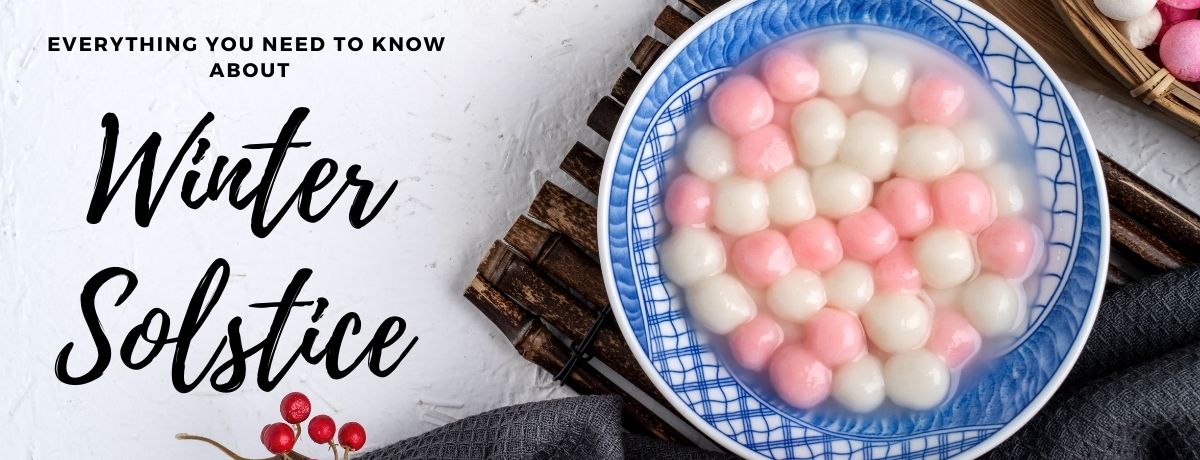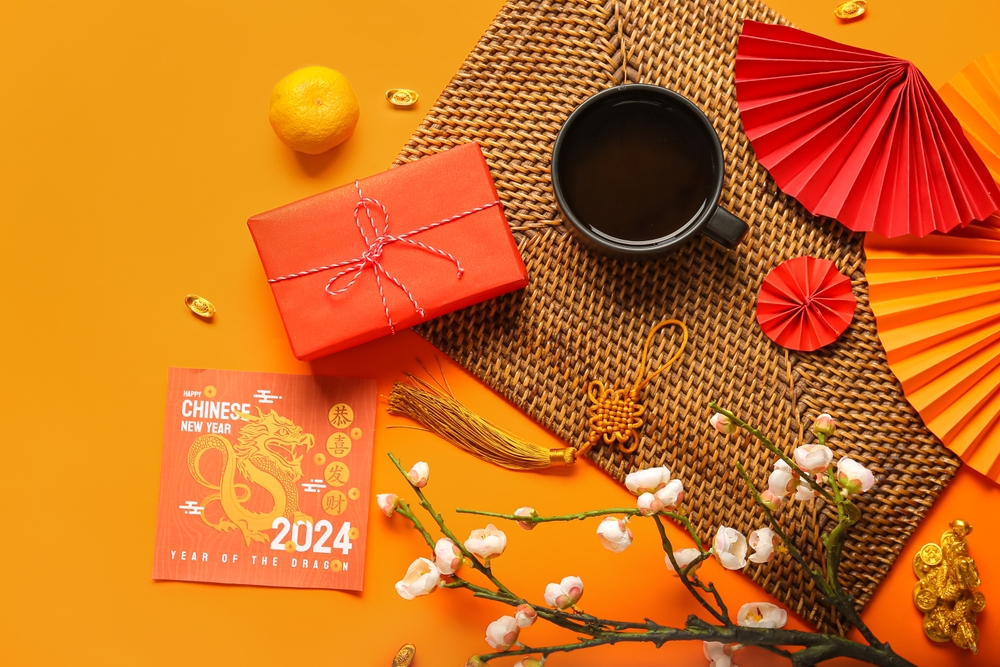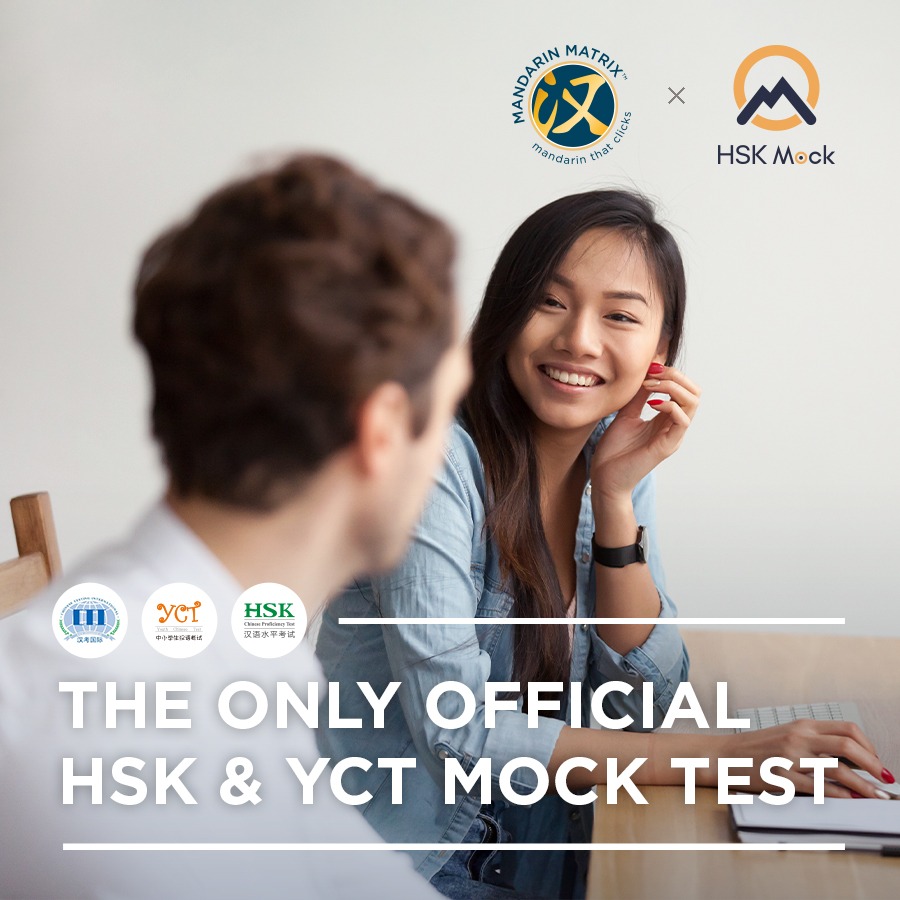Chinese Winter Solstice Festival or Dongzhi is one of the most celebrated festivals in China, the origins of which can be traced back to the Traditional Chinese Medicine principles of yin and yang. Read on to learn more.
Falling on the shortest day and the longest night of the year (either December 21 or 22), the Winter Solstice festival or Dongzhi Festival (冬至, Dōngzhì) is commonly regarded to be one of the most important Chinese festivals, and like most other Chinese festivals, is a time for families to get together, worship their ancestors, and feast on an array of traditional delicacies.

The festival has been celebrated for over 2,000 years and usually revolves around the practice of families coming together to make and eat tangyuan (glutinous rice balls), which are symbols of reunion and prosperity. While the solstice celebration is only one day, the Dongzhi Festival in fact lasts 15 days.
In Chinese, Dongzhi roughly translates to ‘winter’s extreme’ or ‘winter’s arrival’. The festival celebrates the start of winter, with the date marking the turning point on the calendar where the days that follow start to get longer as the nights get shorter.
The Winter Solstice Festival has its origins in the Chinese concept of yin and yang, an ancient symbol of harmony and balance. In Chinese culture, there is a belief that when the days are short, there is insufficient Yang energy, which is why during Dongzhi we try to consume foods that are more yang (warm) in nature to counteract the yin (cold) of winter, such as tangyuan. Other popular dishes during this time include mutton hotpot, babao porridge (also called eight-treasure porridge), and jiaozi (dumplings).

Scroll on as we dive into everything from the origin of the festival to different customs based on China’s regions.
History and Origin of the Dongzhi Festival
The winter solstice has been celebrated throughout history by a variety of cultures. In China, it is known as Dongzhi, and was discovered over 2,500 years ago during the Han Dynasty (206 BC–220 AD) by a wise man named Zhou Fong while using a sundial.
Today, it is one of the most significant Chinese festivals. There’s even a saying in Chinese tradition that says that the Winter Solstice is more important than the Lunar New Year!
Though prominently celebrated during the Han Dynasty, it was during the Tang (618 – 907 AD) and Song Dynasty (960 – 1279 AD) that the festival truly prospered. Officials were granted 7-day holidays and the common people would reunite with family members at home as they worshipped the gods and their ancestors, and paid respects to their ancestors.

REGIONAL CUSTOMS
While traditions vary region to region, the reunion over food remains a constant. Read on to discover how people celebrate Dongzhi in Northern China, Southern China, and Taiwan.
Northern Chinese Customs during the Winter Solstice
Northern China is bitterly cold. In ancient China, people lacked sufficiently warm clothing which led them to eat and drink hot items in order to keep warm.
Based on a belief that when days are short there isn’t enough Yang energy, Chinese people during the Winter Solstice try to eat foods with high Yang energy, in accordance with Chinese medicinal cuisine principles. Consequently, in Northern China one of the commonly eaten foods during Dongzhi is jiaozi (饺子, jiǎozi), fatty dumplings containing meat and high Yang warming herbs, such as ginger and garlic.
It’s argued that these foods help to fend off illness and disease, which is why people today still continue the tradition of making and eating jiaozi during the Winter Solstice in Northern China.
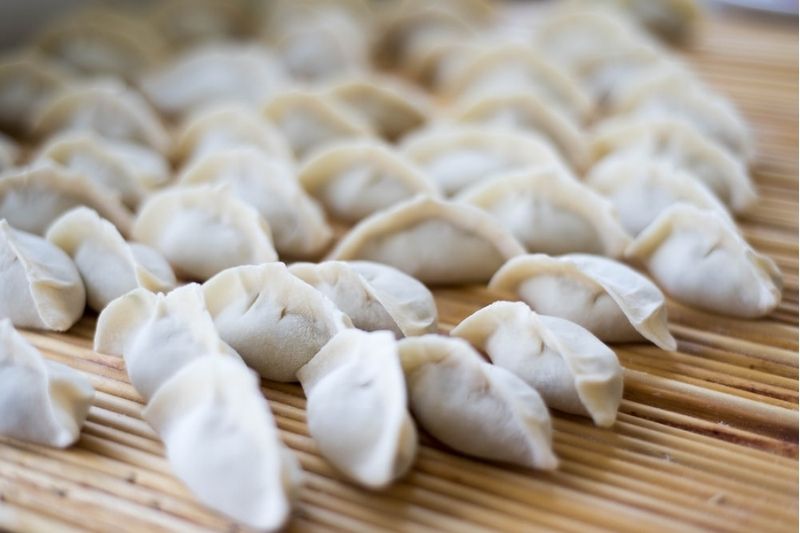
Southern Chinese Customs during the Winter Solstice
People in Southern China also have their own Winter Solstice dishes to help keep warm and stay healthy. During Dongzhi, families in Southern China will typically gather together to make and eat tangyuan (汤圆, tāngyuán) or soup dumplings. Tangyuan are small balls of Glutinous rice flour which are filled with either red bean for a sweet touch or meat with high Yang herbs, served in a bowl of either sweet soup or broth. Tangyuan symbolise a family unit and prosperity and coincidentally sounds similar to tuányuán (团圆) which means reunion.
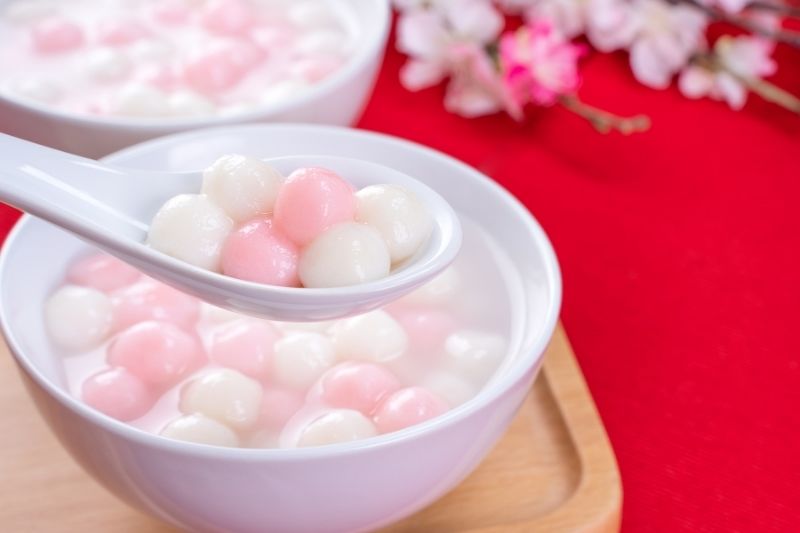
Taiwanese Customs during the Winter Solstice
Like those in Southern China, people in Taiwan tend to eat tangyuan and visit ancestral tombs during Dongzhi, with some offering Tangyuan to their ancestors. They even have their own custom of offering a special nine-layered cake made out of glutinous rice flour to their ancestors. During the Winter Solstice Festival, it’s typical of many observers to treat their bodies just as animals would during hibernation, which involves rejuvenating and preserving their bodies. This means that, if possible, many will spend the day resting and eating high Yang foods like ginger and ginseng to help to restore and relax the body and even alleviate stress.
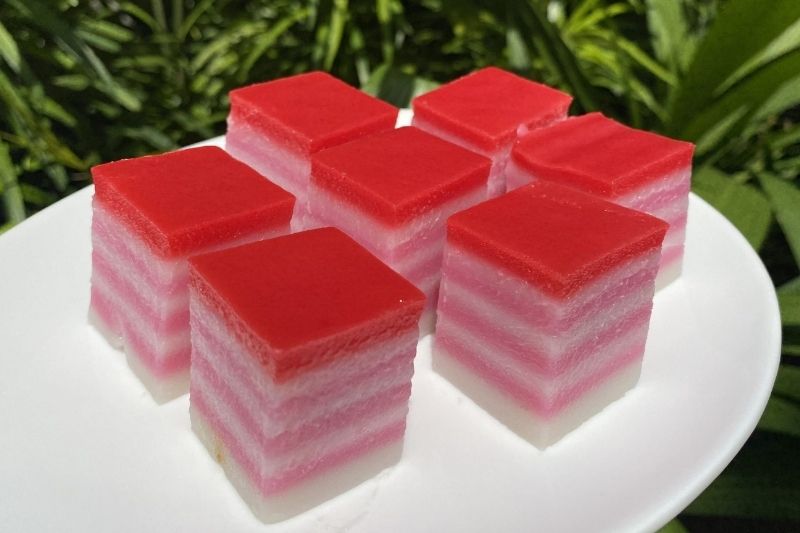
Wherever you may be celebrating Dongzhi, we wish you and your loved ones a warm and loving Winter Solstice this year! If you’d like to learn more about the traditions and customs observed by Chinese people living in China and Chinese communities throughout the world, be sure to check out our article on the 6 most popular Chinese festivals.
Feature Photo courtesy of Shutterstock, Photo 1 courtesy of Shutterstock, Photo 2 courtesy of @Yuxiang Zhang Unsplash, Photo 3 courtesy of Shutterstock, Photo 4 courtesy of Butterkicap
Related articles:
If you like the article, subscirbe our newsletter:


